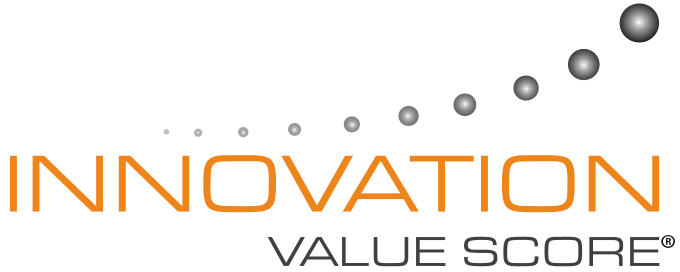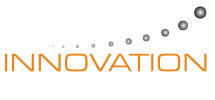Introduction:
Visualizing Project Goals: Enhancing Understanding through Charts and Graphics
In the dynamic world of project management, effective communication is the cornerstone of success. As the complexities of projects continue to evolve, so do the methods by which we convey critical information. This is where the power of visualization comes into play. Whether you're a student embarking on an academic journey, a project manager steering a team toward success, an entrepreneur shaping the future of a business venture, or a developer crafting intricate lines of code, the art of visualizing project goals can revolutionize the way you communicate and collaborate.
The Power of Visual Communication:
At its core, visual communication is the art of using visuals – charts, graphs, diagrams, and more – to convey information quickly and efficiently. Why are visuals so effective in conveying complex information? The human brain is wired to process images rapidly, making it easier to grasp intricate concepts. Furthermore, visuals transcend language barriers, ensuring that a universally understandable message reaches its recipients.
Benefits of Using Charts and Graphics in Project Communication:
Utilizing charts and graphics in project communication offers a multitude of benefits. These visual aids simplify intricate data, making it accessible and actionable for all stakeholders. When tables and charts are created in the right format, then they increase engagement, attracting attention and contributing to better retention of information. If you have problems with creating tables and selecting the appropriate style, you can send a request do my excel homework for me to https://specialessays.com/do-my-excel-homework/. In addition, visuals make it easier to identify patterns, trends, and anomalies, allowing you to make informed decisions.
Types of Charts and Graphics for Project Visualization:
A diverse array of charts and graphics can transform project-related data into meaningful insights.
- Bar Charts and Histograms: Bar charts are perfect for comparing data across categories, while histograms help illustrate data distributions. Imagine using a bar chart to display the progress of different project tasks across a timeline.
- Line Charts and Trend Graphs: Ideal for tracking progress over time, line charts can showcase how a project is advancing. Trend graphs highlight patterns and deviations, aiding in forecasting and planning.
- Pie Charts and Donut Charts: Pie charts and donut charts elegantly depict proportions and resource distribution. For instance, you could use a pie chart to represent the allocation of a project's budget.
- Gantt Charts: Gantt charts offer a comprehensive overview of project timelines. They help break down complex projects into manageable tasks and milestones.
- Flowcharts and Process Diagrams: Visualize intricate workflows, processes, and decision points using flowcharts. These tools offer clarity, particularly for developers mapping out software processes.
- Infographics: Infographics weave together various data points to tell a cohesive visual story. They're fantastic for showcasing project achievements and outcomes.
Tailoring Visualization Techniques for Different Audiences:
Effective project visualization techniques can be tailored to suit various audiences:
- Students: Simplify complex concepts by breaking them down into relatable, everyday examples. Visual aids make theoretical concepts tangible and engaging.
- Project Managers: Utilize charts to succinctly communicate project goals and milestones to stakeholders and teams. Incorporate visuals into presentations and reports for impactful communication.
- Entrepreneurs: Pitch business ideas using compelling visuals to convey potential growth strategies, revenue projections, and market opportunities.
- Developers: Visualize code development progress through version control visualization. Flowcharts aid in understanding software development phases and decision trees.
Tools and Software for Creating Charts and Graphics:
A plethora of tools cater to different skill levels:
- Microsoft Excel: Ideal for creating basic charts and graphs.
- Tableau: Offers advanced data visualization capabilities.
- Canva: User-friendly platform for designing infographics and visuals.
- Lucidchart: Excellent for flowcharts and process diagrams.
- GanttProject: Simplifies Gantt chart creation.
Best Practices for Effective Project Visualization:
To ensure optimal project visualization:
- Simplify Complexity: Make complex data comprehensible without sacrificing accuracy.
- Design Principles: Use appropriate color schemes and design elements that resonate with your audience.
- Consistency: Maintain a consistent design language across all project visuals.
Real-World Examples:
Illustrating the real-world impact of visualization:
- Case study: Visualizing a student project timeline and milestones, aiding time management and goal achievement.
- Project management scenario: Tracking team progress using Gantt charts for seamless collaboration and project oversight.
- Entrepreneurial endeavor: Crafting an infographic to present a startup's business plan, enticing potential investors.
- Developer's perspective: Utilizing flowcharts to map software development phases, enhancing code understanding.
Conclusion:
Visualizing project goals through charts and graphics is a game-changer across diverse domains. By harnessing the power of visuals, you empower yourself to communicate ideas with clarity, precision, and impact. As you embark on your journey, remember that the art of visualization is not limited by your role – whether you're a student striving for excellence, a project manager steering toward success, an entrepreneur building a dream, or a developer crafting innovation, the language of visuals is your conduit to enhanced project communication. Embrace this transformative tool and elevate your project management endeavors to new heights.

